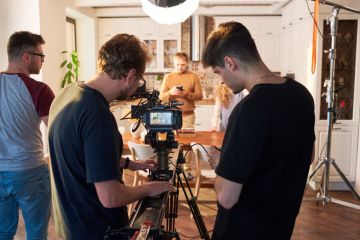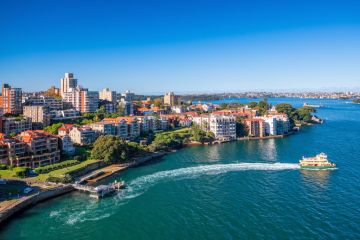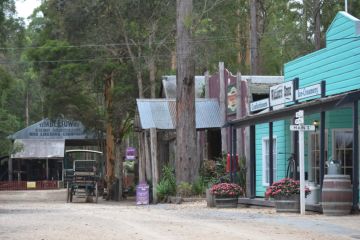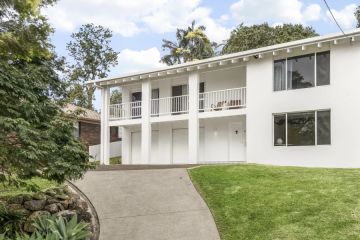Inside the house in the East Hamptons its designers said would postpone ageing

Our wellness-obsessed culture may stipulate that green smoothies and hot yoga are the answers to anti-ageing, but this thoughtfully designed East Hamptons’ house was claimed to be a space in which you could postpone ageing and defy mortality.
The Bioscleave House (lifespan extending villa), designed by husband and wife architects Arakawa and Madeline Gins, is up for sale and comes with a rider that it could increase your lifespan and improve the wellbeing of anyone who lives there.
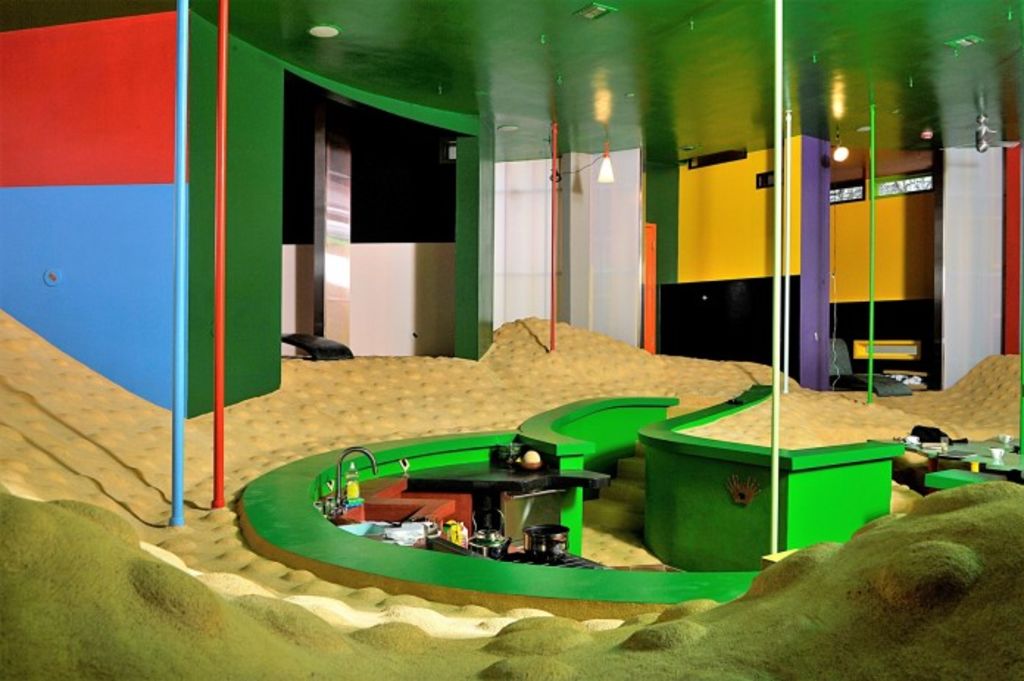
Unconventionally designed, the house has no internal doors, an overwhelming amount of colour, and undulating floors and windows at inconsistent heights to challenge the conventional – varying depths and heights mean people inside find it difficult to decipher where the horizon line sits, as the roof and the floor are not always a fixed distance from each other.
The ”uncomfortability” of the space is, according to the late architects, exactly the point. The duo — who once told The New York Times it is “immoral” that humans die — believed complacency and comfort could lead to death.
According to its listing on Brown Harris Stevens, with whom it is on the market for $US2.495 million ($3.53 million), the house sits on 3400 square feet (315 square metres) and has four bedrooms, two and a half bathrooms, a study, traditional living room and “a large, sunken Italian country kitchen”.
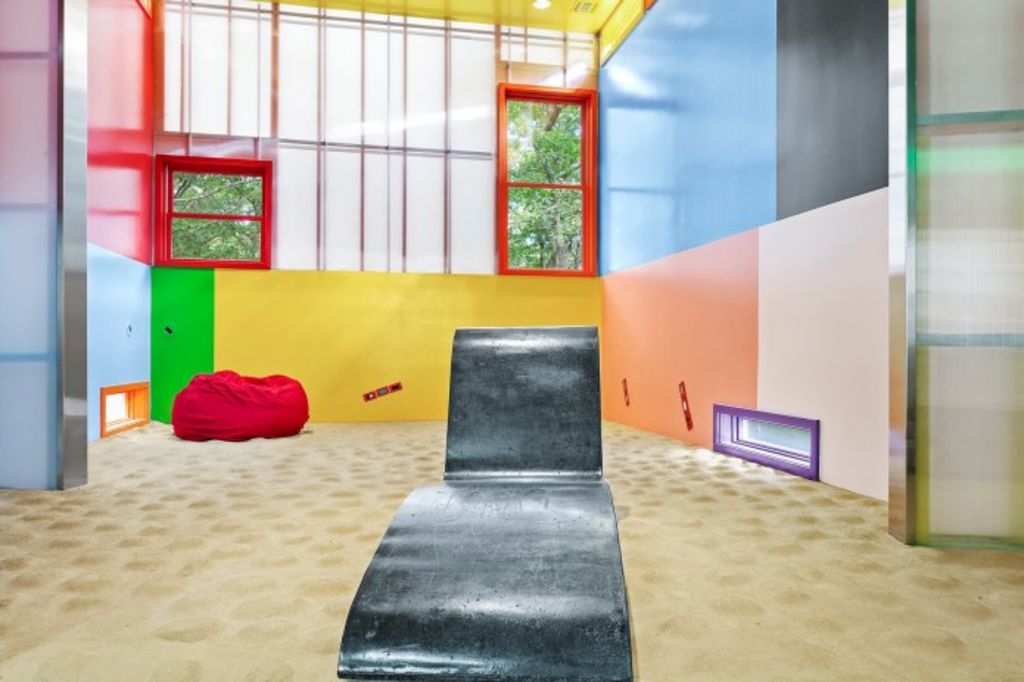
“Here is a singular, rare masterwork — the only house the owners designed and built to test 50 years of research through this experimental, provocative laboratory,” the listing reads. ”It is an architectural body studio-house — a stimulating environment for healthy living.”
- Related: The features of a great building
- Related: The home remodelled twice by the same design team
- Related: Three important tips for designing a small space
The couple were commissioned to create the home in the late 1990s by a friend. It cost them more than $US2 million ($2.83 million) to build. They finished in 2008.
In a 2008 interview with The New York Times, Ms Gins said, “They ought to build hospitals like this.”
“We should win a Nobel prize for this,” her husband, a Japanese-born artist known only as Arakawa, said in the same interview.
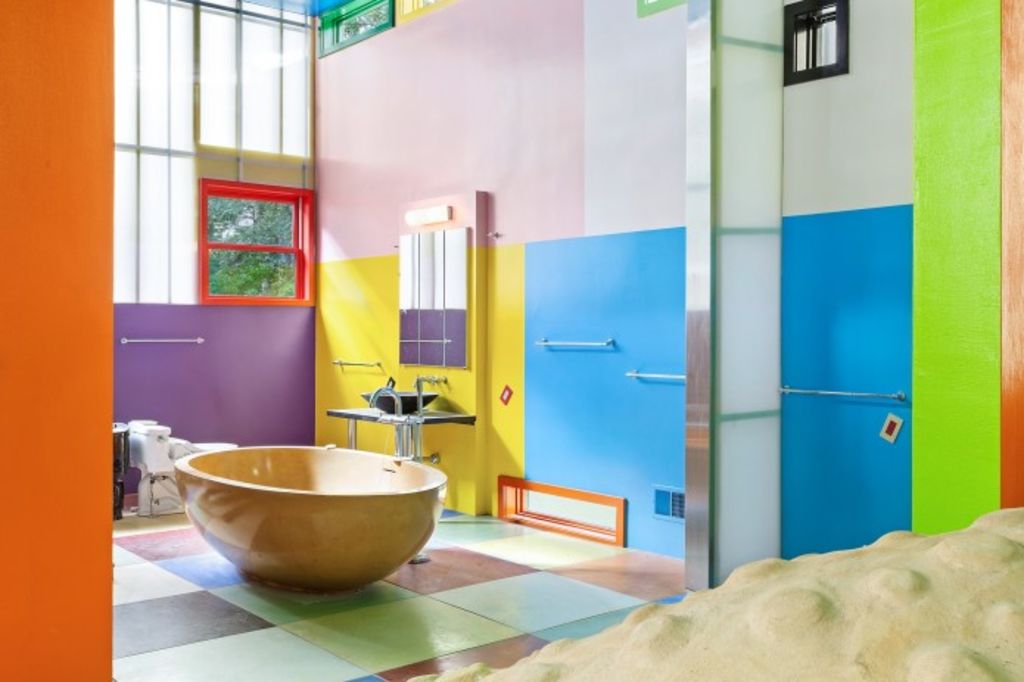
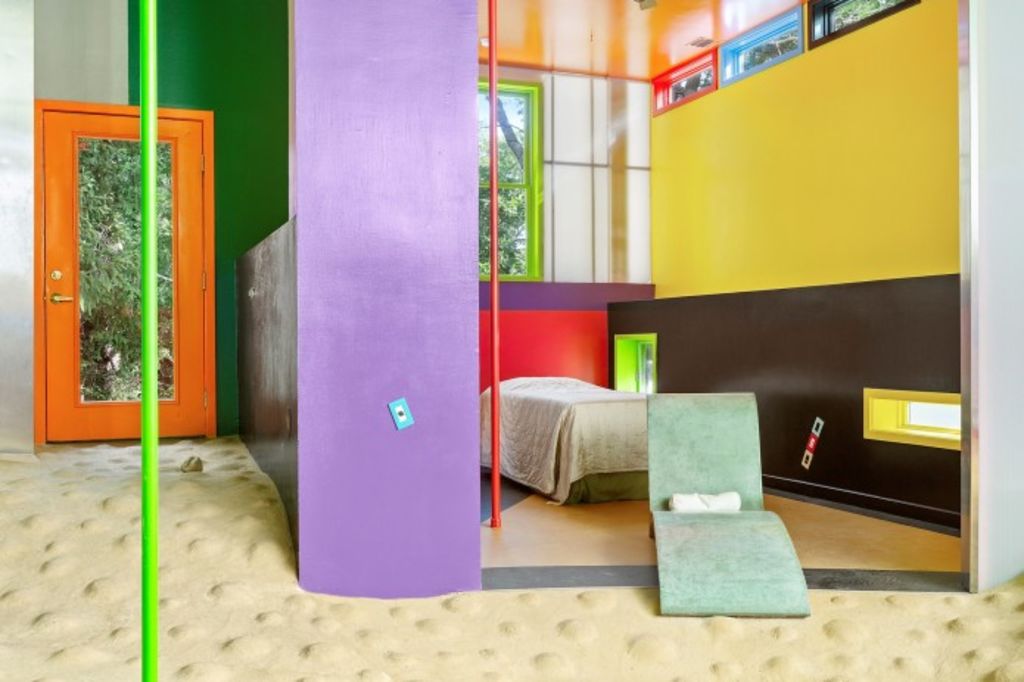
The couple met in 1962 and worked together to create buildings and spaces “through which people would learn not to die”, according to a website dedicated to the pair.
In 2010, they set up the Reversible Destiny Foundation, which emphasised how the space a human inhabited has a lasting impact on their personal wellbeing.
Arawaka died aged 73 in 2010, and Ms Gins in 2014, aged 72.
“This is a rare work for living life as perpetual exercise,” the home’s listing reads, offering you the potential of eternal life for a cool couple of million.
We recommend
States
Capital Cities
Capital Cities - Rentals
Popular Areas
Allhomes
More
- © 2025, CoStar Group Inc.
